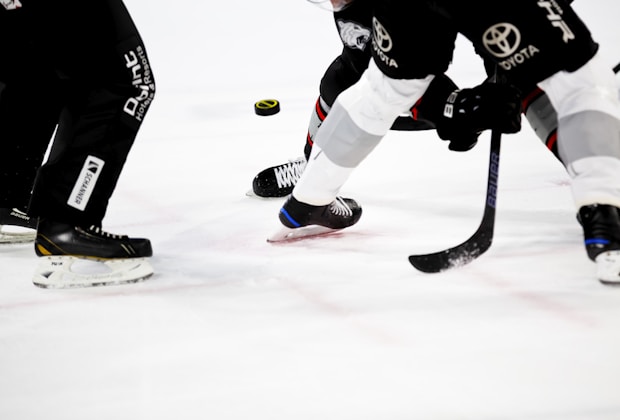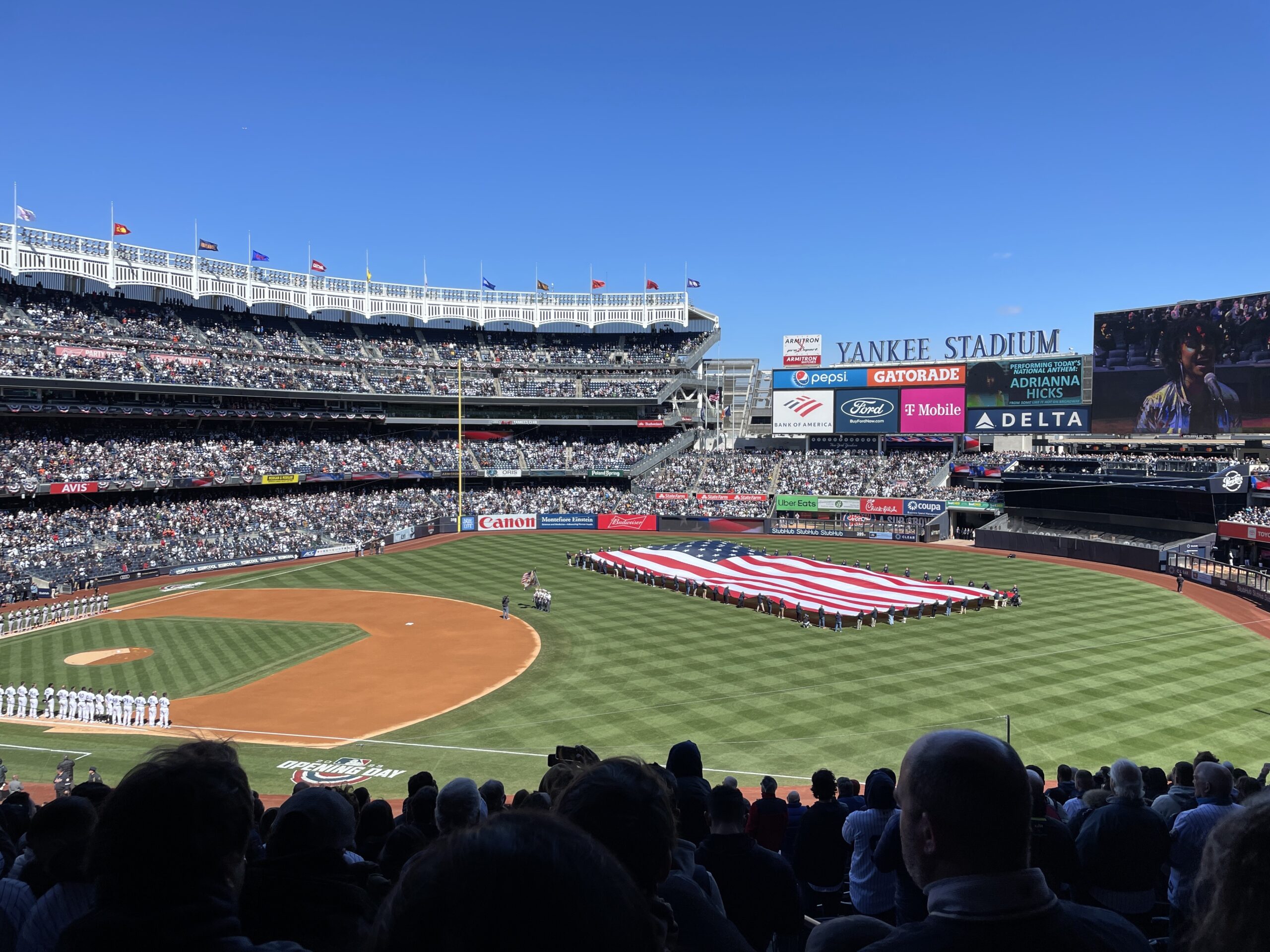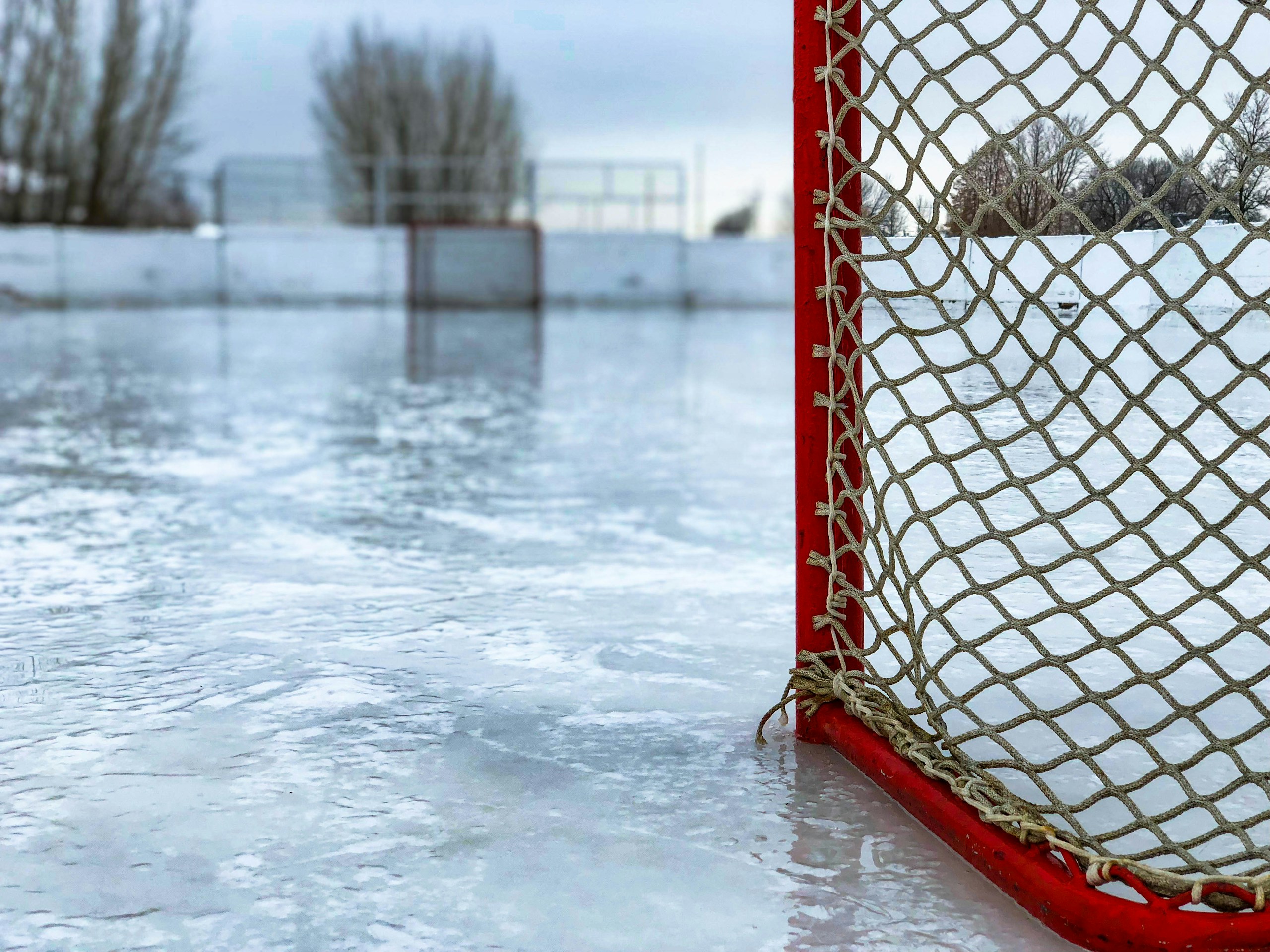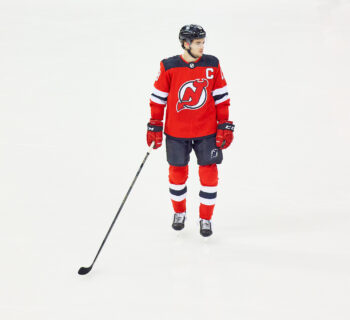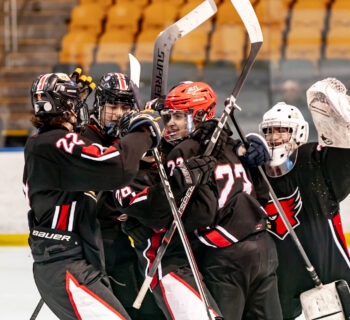PWHL New York started their season with a bang. As defenseman Ella Shelton scored the first goal, goaltender Corinne Schroeder collected the first shutout, and the team won the first game in league history, you could not have written up a better start.
Since then, however, the team has been unable to use this momentum to bring together a string of wins. For the rest of January, along with the first half of February, it has been slow skating for head coach Howie Draper's team.
Amassing a record of 2-3-1-4, the club is currently second-to-last in the standings, just one point out of last place, a position PWHL Boston holds at the moment. With the slow play, New York is digging itself into a deeper hole with every loss that piles on. Though several factors contribute to a team’s success, or lack thereof, one sector PWHL NY has struggled to find its groove in has been the power play.
The Power Play at a Glance
The PWHL NY power play has been incredibly inconsistent throughout the first 10 games of the season. Going 6-for-28, producing at a 21% succession rate, the group on the man advantage seems to be pretty decent, that is on, on the outside looking in. Yet, when looking at specific games, the power play has come in clutch at certain times but remains invisible at other moments.
This was extremely evident in the first two matchups against PWHL Minnesota.
The Success
After finding themselves down by two goals on Jan. 11 in the first period against PWHL Minnesota, PWHL NY needed to turn things around. Thanks to power play goals from Alex Carpenter and Jessie Eldridge in the second and third periods, respectively, the club found themselves right back in the game. Not only had both game-tying-goals come on the man advantage, but those were also the only two power play opportunities New York saw the entire game.
In overtime, Emma Woods brought home the win over Minnesota, clinching two points. PWHL NY going a perfect two-for-two on the power play that night was a major reason the game headed to overtime and head coach Howie Draper's team had a chance at coming on top.
The Struggles
However, this could not have been further from the case just two weeks later. Going to overtime yet again, the tables turned as Minnesota prevailed by a score of 2-1. While New York’s lone goal of the night came on the power play, the club went one-for-five that night. To make these opportunities even more crucial, the first four power plays were given while the team was down by one.
It is vital to capitalize on these chances during the game, especially when given so many. A dynamite power play can put a game to rest in the matter of seconds. In this certain case, should the club have found the back of the net for just one of their other four power plays, they would have won in regulation, gathering three points instead of one.
These difficulties were prevalent even in the second game of the season. After a 4-0 blowout against PWHL Toronto, the two teams took on each other four days later. Having misused their chances on all four power play opportunities that night, PWHL NY fell in another one goal game, but this time, in regulation. Special teams proved to be weak, specifically during the third period.
At one moment during the final frame of action, New York was in possession of a four-on-three man advantage. There was more open ice, making it easier to find lanes to get shots on net, and make remarkable passes. As the game was tied at two a piece, it would have been the perfect moment for the team to take the lead, and even grow on it. But a shorthanded goal by Emma Maltais shut those hopes down, as it ended the power play. A few minutes later, New York was given the opportunity to tie the game up and possibly send it to overtime. Still, their inability to score on the power play prevented that from happening.
Why Is It Crucial?
Already, a power play that does not do its main job of scoring is an issue, but with the new rules introduced by the PWHL, that proves to be truer than ever. Now utilizing a 3-point system, the value of regulation wins has increased, because they count for three points and being sent to overtime will already strip teams of one full point. PWHL teams who suffer overtime losses will still earn a single point as is the case in the National Hockey League.
Displayed through the game against Minnesota, New York could have taken the lead, putting the match to rest in regulation, and piling in three points while Minnesota would end up with none. Nevertheless, coming back empty-handed in four chances on the power play turned a potential three points into just one.
The new implementation of the “jailbreak” rule has also added stress to the stability of a team’s performance on the man advantage. Should a team score while shorthanded, the power play is immediately terminated. Exactly as played out in the 3-2 loss against Toronto, Maltais scoring not only gave Toronto the lead in the final period, but it also put both teams back to even-strength, meaning New York did not have the chance to even the score on the same minor penalty.
What This Means for PWHL NY
The inaugural season of the PWHL remains fairly short. So, while this, along with the rules recently created, heightens the idea that every single game counts, it does the same to the power play. Special teams contain the word ‘special’ for a reason: they maintain the ability to change the tide of games, should a team use them properly. Though the team has played fewer games than the three teams occupying first, second and third place in the standings, if they want to climb their way back up, the power play has to begin to mesh at a consistent rate.
- PWHL NY Winless Streak Extends to 7 in Loss to Ottawa - March 22, 2024
- PWHL NY dominated by PWHL Minnesota for 6th straight loss - March 17, 2024
- PWHL NY silenced by Rooney and PWHL Minnesota - March 4, 2024

